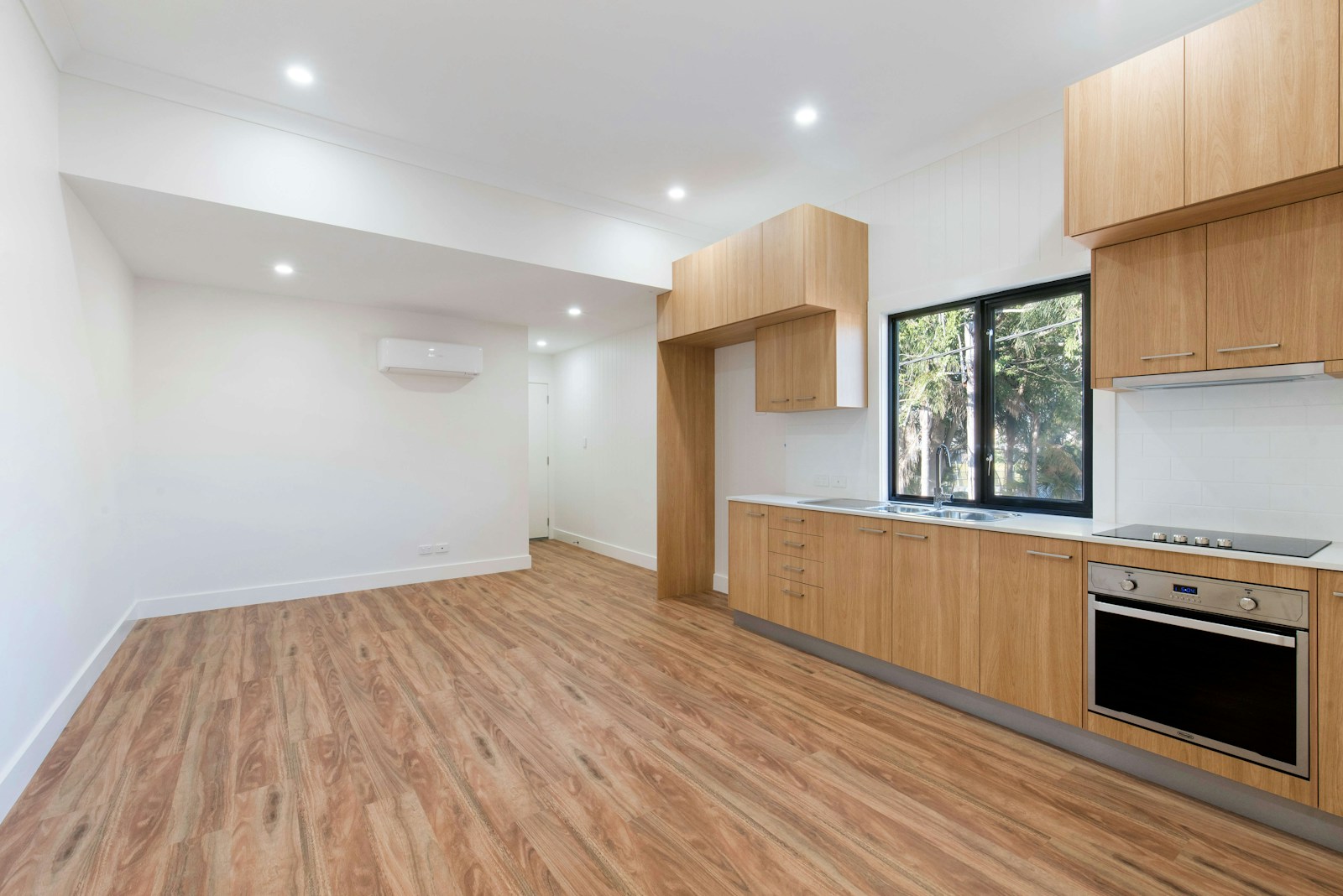
Hardwood floors are more than just a surface; they’re an investment in the aesthetic and value of your home. To protect that investment, a thorough understanding of proper care is essential.
This guide goes beyond basic cleaning tips, offering a comprehensive compendium of knowledge and techniques to ensure your hardwood floors retain their pristine beauty for decades.
We’ll explore the nuances of wood types, finishes, cleaning methods, preventative measures, and long-term maintenance, providing you with a complete roadmap for lifelong care.
I. The Foundation: Understanding Your Hardwood Floors
- A. Wood’s Diverse Nature:
- Solid Hardwood: This classic choice, crafted from a single piece of wood, offers unparalleled beauty and the potential for multiple refinishings. However, its susceptibility to moisture-related expansion and contraction necessitates meticulous environmental control. Understanding the specific wood species is also vital, as hardness varies significantly (e.g., oak vs. maple).
- Engineered Hardwood: With its multi-layered construction, engineered hardwood offers enhanced stability and moisture resistance. This makes it a versatile choice for various environments, including basements and kitchens. The thickness of the top veneer determines its refinishing potential.
- B. The Protective Shield: Finishes:
- Surface Finishes (Urethane, Polyurethane): These create a durable, protective layer on the wood’s surface, shielding it from wear, scratches, and moisture. They are the most common and offer excellent longevity. The type of polyurethane (water-based or oil-based) also influences care.
- Penetrating Finishes (Oil, Wax): These finishes penetrate the wood, enhancing its natural beauty and providing a softer, more natural feel. They require more frequent maintenance, including reapplication of oil or wax.
- Importance of Identification: Knowing your floor’s finish is crucial for selecting appropriate cleaning products. Using the wrong products can damage the finish, leading to costly repairs.
II. The Daily Ritual: Cleaning for Enduring Beauty
- A. Daily Dusting/Sweeping: The First Line of Defense:
- Use a soft-bristle broom or a microfiber dust mop to remove loose dirt, dust, and pet hair.
- Microfiber cloths are highly effective, as they trap dust rather than merely moving it around.
- This daily ritual minimizes abrasive particles that can scratch the finish.
- B. Weekly Vacuuming: A Deeper Clean:
- Use a vacuum cleaner with a soft brush attachment or a setting specifically designed for hardwood floors.
- Avoid vacuums with beater bars, which can cause significant damage.
- Ensure the vacuum wheels are clean, as trapped debris can cause scratches.
- C. Damp Mopping: The Art of Moisture Control:
- Use a slightly damp microfiber mop, ensuring it’s never soaking wet.
- Use a pH-neutral cleaning solution specifically formulated for hardwood floors.
- Follow the grain of the wood when mopping.
- Dry any wet spots immediately to prevent water damage.
- Only perform damp mopping when needed.
III. The Right Arsenal: Cleaning Solutions and Products
- A. pH-Neutral Cleaners: Gentle Yet Effective:
- Use cleaners specifically designed for hardwood floors, avoiding harsh chemicals, ammonia, bleach, or oil soaps.
- These products are formulated to clean without damaging the finish.
- B. Manufacturer Recommendations: The Authority:
- Always follow the flooring manufacturer’s recommendations for cleaning products.
- Their expertise ensures compatibility and optimal care.
- C. The Test Patch: A Safety Precaution:
- Before using any new cleaning product, test it in an inconspicuous area to ensure it doesn’t damage the finish.
IV. The Fortress: Preventing Damage for Long-Term Preservation
- A. Strategic Placement: Mats and Rugs:
- Place mats at entrances to trap dirt and moisture.
- Use area rugs in high-traffic areas and under furniture to protect the floor from scratches and wear.
- B. Furniture Armor: Felt Pads and Glides:
- Attach felt pads or furniture glides to the legs of all furniture to prevent scratches and dents when moving.
- Ensure the pads are kept clean, as trapped dirt under the pads can scratch.
- C. Pet-Friendly Practices: Protecting Against Paws:
- Keep pet nails trimmed to minimize scratches.
- Place mats under pet food and water bowls to prevent spills and moisture damage.
- D. Humidity Harmony: Maintaining Stability:
- Maintain a consistent relative humidity level between 35% and 55% to prevent warping, cracking, and cupping.
- Use a hygrometer to monitor humidity levels and employ humidifiers or dehumidifiers as needed.
- E. Sunlight Shield: Protecting Against Fading:
- Use curtains, blinds, or UV-blocking window film to shield the floor from direct sunlight, preventing fading and discoloration.
V. The Long Game: Long-Term Maintenance and Restoration
- A. Recoating: Refreshing the Finish:
- Apply a new layer of finish to restore its protective barrier and shine.
- The frequency depends on traffic and wear, typically every 3-5 years.
- This is a less invasive procedure than refinishing.
- B. Refinishing: A Complete Transformation:
- Sand down the existing finish and apply a new stain and finish.
- This is necessary when the finish is heavily damaged or worn, or when a color change is desired.
- This should only be done by a professional.
- C. Professional Deep Cleaning: Removing the Buildup:
- Periodically, consider professional deep cleaning to remove built-up dirt, grime, and residue.
Amazon Product Recommendations:
- Bona Hardwood Floor Cleaning Kit: This kit provides all the tools and cleaners needed for proper hardwood floor care.
- Heavy Duty Furniture Felt Pads: These pads protect from long term scratching from furniture.
Conclusion:
This compendium provides a comprehensive approach to hardwood floor care, emphasizing the importance of understanding your floors, implementing proper cleaning techniques, taking preventative measures, and engaging in long-term maintenance. By following these guidelines, you can ensure your hardwood floors retain their beauty and value for generations to come.
